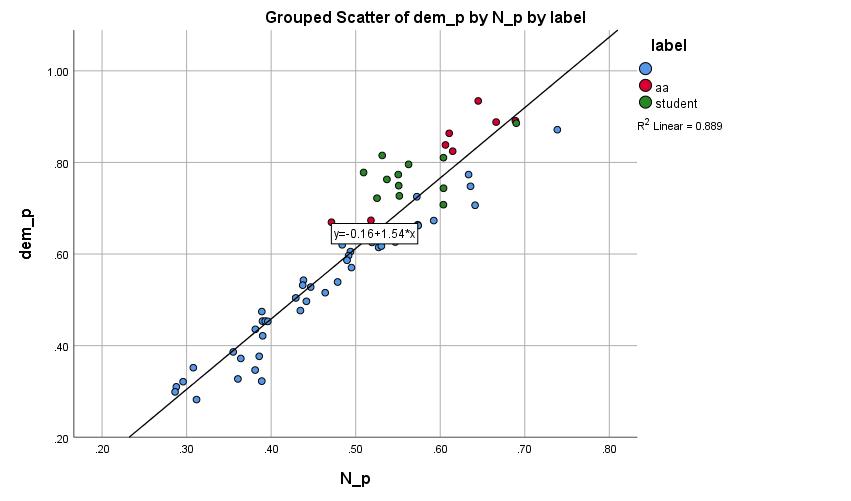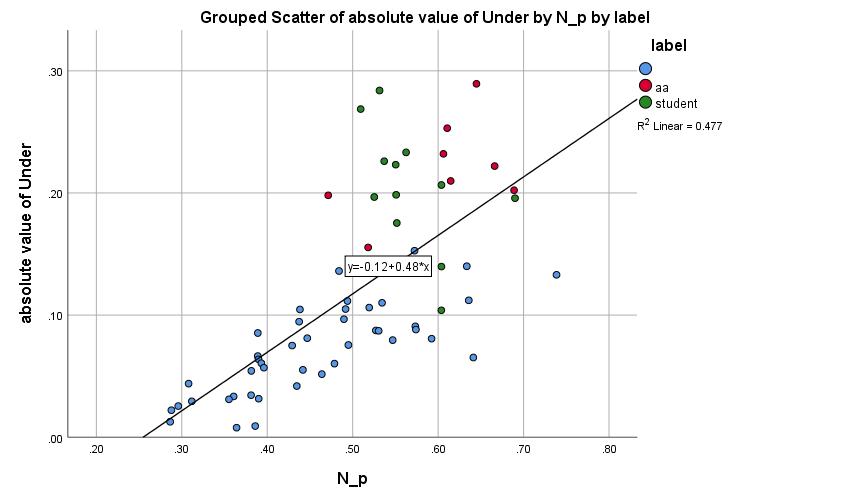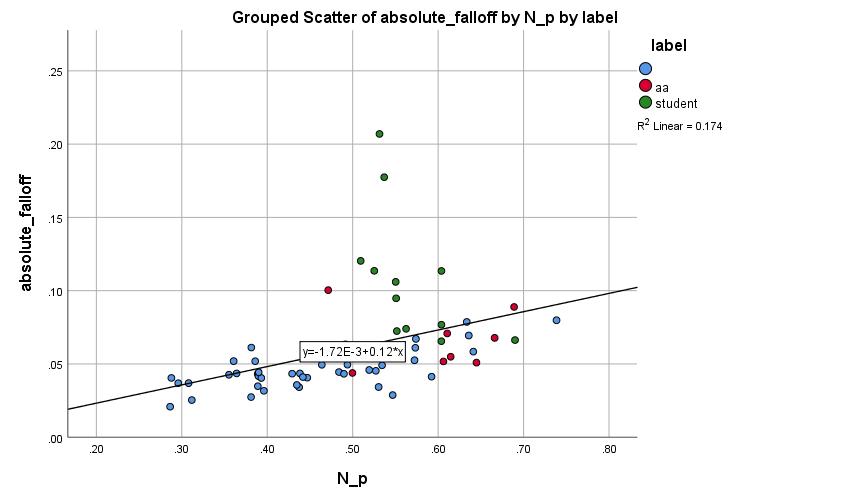This begins a three-part blog post exploring how to use digital media to change minds in a political context. I have spent nearly a professional lifetime trying to understand how people make political decisions and how to affect that process. Even that topic gets messy – are we exploring how people make decisions about political issues OR are we exploring how people make decisions about who they are going to vote for or against or even vote? But before we get to that, we must first look at how people form opinions about political matters.
POLITICAL BELIEFS, VALUES, ATTITUDES
As always, a couple of definitions:
Beliefs – Ideas you hold to be true or false, closely held. What are your expectations of Life?
Values – what is important to you, tend to be guiding principles in life (freedom, cooperation, honesty, competitiveness, order)
Attitudes / Opinions – Preference based on beliefs and attitudes. Can and often contradict each other, can be loosely held.
- Behavior – how you act
- Affect – how you feel
- Cognitive – how you think
Identity – A bundle of beliefs, values and opinions – How we recognize and present ourself.
A BLANK SLATE
As we know, human behavior is extremely messy and trying to untangle causality in politics is a messy game. BUT, imagine for a moment, that you are a blank slate, and you have zero opinions about politics. None. Nada. Say you are a new-born or woke up from a nasty bump to the head.
FACTORS OF BELIEFS, VALUES, AND OPINIONS FORMATIONS
As you move through your remaining time on earth, people, places, and things begin to act on you. All of these factors begin to form your basic beliefs, values, and opinions.
Some of these things are:
- Genetics
- Parents
- Friends
- Peers
- Workplace peers
- Race / Culture
- Societal norms
- Siblings
- Teachers
- Media – Entertainment
- Media – News
- Church / Religion
- First Hand Experiences
- Events
- Political parties
- Political leaders
- Political elite
- Media superstars
- Experts
- Neighbors
- Advertisements
- Economic Position
- Etc, etc, etc
I think the key to understanding these influences is understanding the context and the relative strength each of these factors could have in a specific setting – and the mix is always changing.
Take genetics for example. There are studies (using twins) that show meaningful correlations between genetics and politics. Your personality type (OCEAN) will influence how you take in information. These genetics are steady through life, but with effort or under difference context (stress), the amount genetics contribute to political attitudes and opinions is in flux. There is evidence that genetics don’t contribute much to ideological preferences but can shape how strongly one believes and the degree they are open to reconsider political opinions.
We could do a factor analysis, but with any human behavior, it is just easier to say – at different times in your journey, you will weight different things differently. When you are a child, you may mimic your parents’ politics. When you are a teenager, you may do everything possible to reject your parents’ politics. When you are a young adult, you may reconcile those two competing forces. So, as they say in grad school – context matters.
PEERS AND EVENTS
I believe for the most part the two most important factors are the people you surround yourself with and events.
As we age and as these factors act upon us, we begin to make decisions on who we spend time with. Our peers matter. Peer pressure is a real thing, and for the most part, we choose our peers. We choose a church, we choose friends, we choose business partners, workplaces, etc. We choose these peers often because they are similar to us. There is some causality discussion here – do we pick our peers because they are like us OR do we pick our peers and become more like them. Regardless, once we pick, it is difficult to overestimate the effects our peers have on our thoughts and behaviors.
This also points to the critical effect of “elite opinion makers”. I know elite is a bad word, but it matters a lot. Once we choose our peers and respect a peer groups’ leadership, we often look to cues from them – especially on topics ones doesn’t care about or know much about and doesn’t want or need to invest a lot of time into. In politics, the most recent example is foreign policy. Most people don’t care to invest a lot of time into the complexities of foreign policy. A large and significant portion of people will very easily adopt the foreign policy of their leaders. A recent example is political opinions towards Russia. The change in Republican voters’ views of Putin since Trump’s rise is remarkable.
In addition, as we move through life’s journey, external events often outside our control happen to us. If these events’ effects are large enough, it can provide a shock to our system – a shock large enough to reconsider fundamental beliefs. The example of my lifetime is 9/11. That single event and its after-shocks caused a lot of people to reconsider their beliefs – people enlisted to fight terror, people became doves or hawks, people knew people in those buildings and realized how fragile life is and made fundamental changes to their beliefs, values, opinions, and behaviors.
Other examples of events can be the unexpected death of someone or a trauma.
POLITICAL IDENTITIES
All these factors get wrapped up into identities. These identities are clusters of beliefs, values, and opinions. It is important to realize again, these identities are multiple – I am a husband, a dad, a brother, a son, a Republican, a pollster, a political consultant, a data nerd, a contrarian, a smartass – and under different circumstances I prioritize my identities – especially when under threat.
So, how do we affect this process of the formation of beliefs, values, opinions, behaviors, and identities?
One simple answer, get there first, early, or after a major event.
A more complex answer, know what level you are trying to change and the strength of it. Trying to change a belief once formed is incredibly difficult. Remember, a belief is how someone fundamentally understands how the universe / world works. Opinions are more loosely held and often not that strong. Understanding what you are trying to change is critical.
As a pollster, an interesting incident drove this home. At the time my 15-year-old son received a call from a pollster. For 20 minutes, I listened in amazement as he offered opinion after opinion about topics frankly, I am not sure he had ever thought about before – death penalty, government budgets, taxes. He was earnest and sincere about his replies. After the call, I asked him about the questions and his responses. In our discussion he changed his mind multiple times, because he had never really thought about the issues his opinions were loosely held and malleable.
The other thing of note is once a person feels they have all of these aligned and pointed in the right direction – beliefs, values, opinions, and behaviors – a person will do almost anything to protect and maintain the alignment. They become our identities – it is who we believe we are (or want to be) at our core.
Once formed and if strongly held, changing any of it is very difficult.
DIGITAL MEDIA AND CHANGING MINDS
So, how can digital media be a part of this formation of beliefs, values, and attitudes formation?
- When people are searching for answers – be a resource.
- If you are working on an advocacy campaign, know the strength of attitudes on the subject. Are there contradictory opinions held? How can you present an issue that aligns with values and beliefs?
- If you are working on an advocacy campaign, get their first. Speed matters.
- The number of different factors / inputs matter. Look for collaborations – we are looking not only for frequency of message but also coming from a variety of sources / channels.
CONCLUSION
A journey back to grad school:
- context matters,
- strength of beliefs, attitudes, and opinions matters and those are in state of constant flux,
- Alignment of all three matters, and
- Variety of sources matters.
And our biggest take away, once beliefs, values, and opinions become aligned, changing them becomes extremely difficult.
Next up…a look at sustaining beliefs, attitudes, and opinions and the actors who have a vested interest in doing so.










